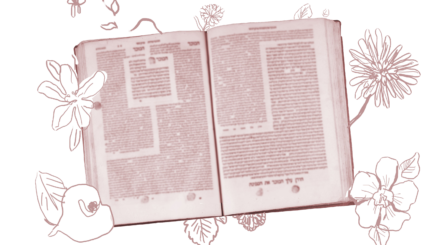Commentary on Parashat Tetzaveh, Exodus 27:20 - 30:10
Since the Garden of Eden people have been self-conscious about their bodies and exhibited a need for privacy. How we cover up our bodies with clothing is expressed in infinite variations. Styles–sophisticated, slinky, funky, professional, fun–send a very personal message to the world. Clothing reflects how we value ourselves and our bodies.
In our parashah this week, the priests who serve in the sanctuary dress for “adornment and dignity”. Both those reasons are crucial. Fulfilling their role with dignity is reflected in the elaborate clothes they wear, complete with sashes, breastpiece and headdress. But the priests’ clothes are not only about dignity; beauty very much characterizes the kind of clothes they wear. The priests’ clothes are clothes of bright color–clear blue, purple and crimson–clothes with golden bells and pomegranates, clothes made out of linen and embroidered work.
Reflect on the various ways you dress when you play different roles in the world. It’s important to communicate to our children the twin values of beauty and dignity when dressing.
TALK TO YOUR KIDS about the importance of taking care of their bodies and dressing with beauty and dignity.
CONNECT TO THEIR LIVES:
· Which are your favorite clothes? Why?
· What do your clothes say about you?
· How do you feel about getting dressed up to go to a special event? Is it important to get dressed up for special events? Why?
© Copyright 2010 Joyce and Fred Claar
From “Values and Ethics: Torah Topics for Today,” available from Behrman House Publishers.
Torah
Pronunced: TORE-uh, Origin: Hebrew, the Five Books of Moses.


